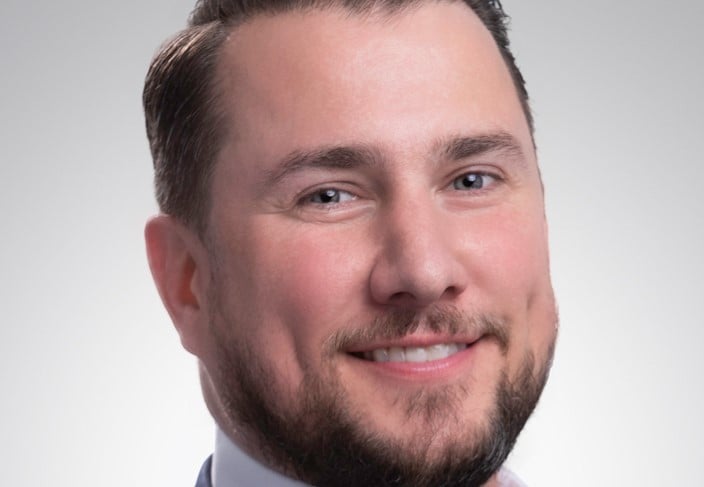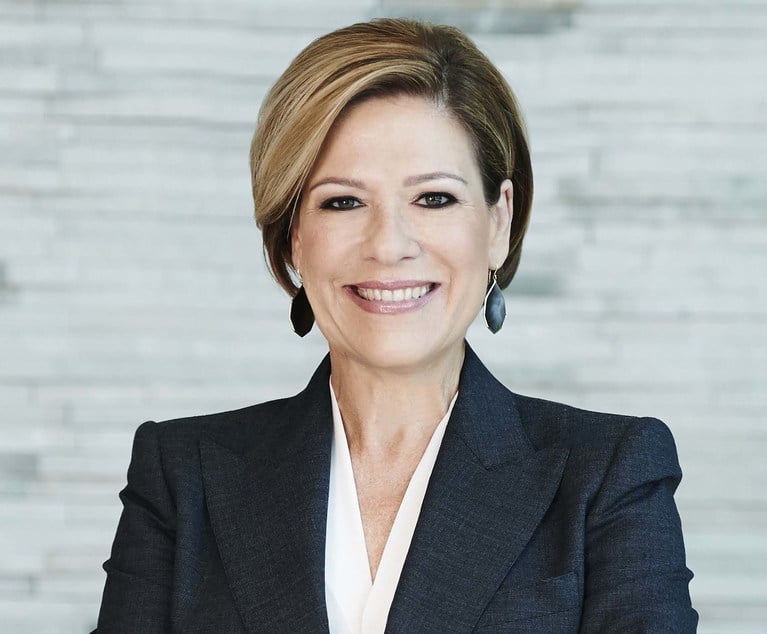COLUMBUS, OH-The real estate industry is cyclical by its nature and such cycles can be challenging in the troughs, euphoric at the peaks and profitable during periods of health and growth. Given strong market fundamentals—favorable supply and demand dynamics, improvement in the overall economy and an anticipated sustained low rate environment—2014 should be a period of growth and opportunity for investors in the hotel industry.
Excellent Fundamentals:
Demand will continue to rise. Growth in lodging demand has increased steadily over the last few years and is forecasted to grow further in 2014. PKF projects demand growth of 3.1% in 2014, over 60% higher than the long term average of 1.9%. With demand in place, hotels are now positioned to drive rate, bringing greater profitability and value creation to the industry as a whole.
Domestically, projected 2014 GDP growth of 3.0% will be driven by a balance of business and consumer spending, while government spending will likely remain flat. Hotels across segments will benefit as consumers and businesses open their wallets and loosen their travel budgets further. International travelers will continue to be an engine for growth as arrivals are expected to grow 4.2% to nearly 73 million in 2014, well above the pre-recession peak of 57.9 million visitors. The impact of healthy underlying economic indicators are evident in TravelClicks' recent report forecasting an increase of 7.4% in committed occupancy representing a 7.6% increase for Group and 6.8% for Transient (for the 12 months beginning October 2013).
Supply will remain constrained
One key component of the hospitality recovery has been the lack of new supply brought to market. While development has begun to pick up, and a few markets such as New York and Houston have seen substantial investment in new product, overall supply should remain suppressed through 2014. Smith Travel Research forecasts nationwide supply growth of just 1.1% in 2014, below the U.S. historical average of 2.0%. Factors restricting supply include access to capital, as construction financing with meaningful leverage remains difficult to obtain, thereby restricting the pool of developers to those with access to substantial equity capital. In certain markets, such as Waikiki, where supply is already heavily constrained due to the aforementioned capital requirements, high construction costs and limited developable parcels, supply is actually leaving the market as demand for other uses, such as retail and for sale condominiums, provide attractive redevelopment opportunities.
Macro Economy is Strengthening
There is no doubt that the economic recovery has been slower to pick up steam than investors would like; however, the U.S. economy is progressively improving and is expected to strengthen in 2014. The Federal Reserve now projects unemployment will drop to 6.5%-6.8% by the end of 2014 and the U.S. economy will grow between 2%-2.3% in 2013 with growth improving to 3% in 2014. While 6.5% unemployment and 3% growth may not conjure visions of an economic boom, it is a meaningful improvement over 2013, which has been a profitable year for hotel investors.
Low Interest Rate Environment will Persist
While rates did surge during the summer, Treasuries have stabilized over the last two months and are still well below historical averages. As of this publication, the five-year US Treasury yield is 1.39% and the 10 year is 2.80%, compared to historical averages since 1990 of 4.64% and 5.18%, respectively (federalreserve.gov). After the Federal Reserve's October meeting, most Fed officials agreed that the federal funds rate would remain static until 2015, or until unemployment dips below 5.5% and inflation begins to grow above 2.5%. The maintenance of a low rate environment will constrain borrowing costs for consumers and businesses, supporting continued travel consumption, and provide clarity on the cost of capital and cap rates for the coming year.
Strategies to Capitalize on the Healthy Environment:
Drive Revenue and Profitability: Have the Confidence to Push Rate
Rising demand has thus far contributed to higher occupancies, but has not translated to dramatically higher rates as owners and managers with the downturn still fresh in their minds have focused on filling rooms. With higher occupancies, improved pace and sell out nights more prevalent and a muted new supply environment, managers have less inventory to sell and can begin to push rate with more confidence. A recent survey of GMs shows that nearly two thirds of those who anticipate RevPAR growth in 2014 expect that growth to come from ADR.
Further, while ground up development remains muted, many well capitalized investors are upgrading their properties or repositioning properties upon acquisition. Improved property quality will benefit the market and will help lift all boats. Renovated properties will benefit from a better value proposition for their customers and have the capacity to elevate their rates, which will raise the rate ceiling in the marketplace and provide the opportunity for an upward shift in the structural rate environment throughout the market.
Macro Economy is Strengthening
There is no doubt that the economic recovery has been slower to pick up steam than investors would like; however, the U.S. economy is progressively improving and is expected to strengthen in 2014. The Federal Reserve now projects unemployment will drop to 6.5%-6.8% by the end of 2014 and the U.S. economy will grow between 2%-2.3% in 2013 with growth improving to 3% in 2014. While 6.5% unemployment and 3% growth may not conjure visions of an economic boom, it is a meaningful improvement over 2013, which has been a profitable year for hotel investors.
Low Interest Rate Environment will Persist
While rates did surge during the summer, Treasuries have stabilized over the last two months and are still well below historical averages. As of this publication, the five-year US Treasury yield is 1.39% and the 10 year is 2.80%, compared to historical averages since 1990 of 4.64% and 5.18%, respectively (federalreserve.gov). After the Federal Reserve's October meeting, most Fed officials agreed that the federal funds rate would remain static until 2015, or until unemployment dips below 5.5% and inflation begins to grow above 2.5%. The maintenance of a low rate environment will constrain borrowing costs for consumers and businesses, supporting continued travel consumption, and provide clarity on the cost of capital and cap rates for the coming year.
Strategies to Capitalize on the Healthy Environment:
Drive Revenue and Profitability: Have the Confidence to Push Rate
Rising demand has thus far contributed to higher occupancies, but has not translated to dramatically higher rates as owners and managers with the downturn still fresh in their minds have focused on filling rooms. With higher occupancies, improved pace and sell out nights more prevalent and a muted new supply environment, managers have less inventory to sell and can begin to push rate with more confidence. A recent survey of GMs shows that nearly two thirds of those who anticipate RevPAR growth in 2014 expect that growth to come from ADR.
Further, while ground up development remains muted, many well capitalized investors are upgrading their properties or repositioning properties upon acquisition. Improved property quality will benefit the market and will help lift all boats. Renovated properties will benefit from a better value proposition for their customers and have the capacity to elevate their rates, which will raise the rate ceiling in the marketplace and provide the opportunity for an upward shift in the structural rate environment throughout the market.
Broken Capital Structures and Undercapitalized Assets will be a Source of Opportunity
Hotel owners have historically under-invested in their assets and the economic downturn only exasperated this trend. Further, the brands are no longer willing to have patience and are insisting on property improvement plans (PIPs) on scores of properties, many of which were already due for PIPs prior to 2008. Bloomberg estimates that there will be a wave of over $37 billion of hotel CMBS loans maturing by 2017. If even 25% of loans are underwater, below most estimates, then nearly $10 billion of hotel CMBS debt will mature over the next few years without a clear refinancing strategy. Undercapitalized owners will be forced to exit as debt maturities loom and brands begin to enforce standards at properties showing their wear. Lenders and/or servicers will be forced to transact by the insistence of new capital from the brands and the downward spiral in value caused by letting the assets deteriorate even further. Well-capitalized investors will be positioned to opportunistically acquire quality assets in a scale greater than we have historically seen at an attractive basis and bring them to “top of market.”
Chris Diffley is a managing director at Rockbridge. Rockbridge is a hotel investment firm that has executed on over 325 hotel investments in 44 states over the past two decades. For additional information about Rockbridge, visit www.rockbridgecapital.com. The views expressed in this column are the author's own.
© Touchpoint Markets, All Rights Reserved. Request academic re-use from www.copyright.com. All other uses, submit a request to [email protected]. For more inforrmation visit Asset & Logo Licensing.






